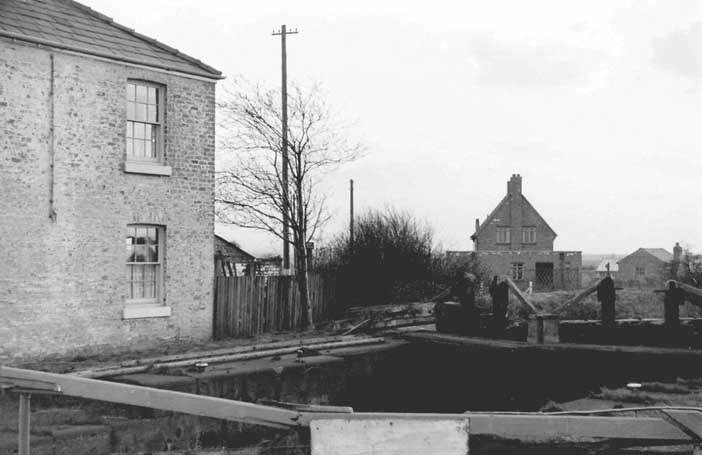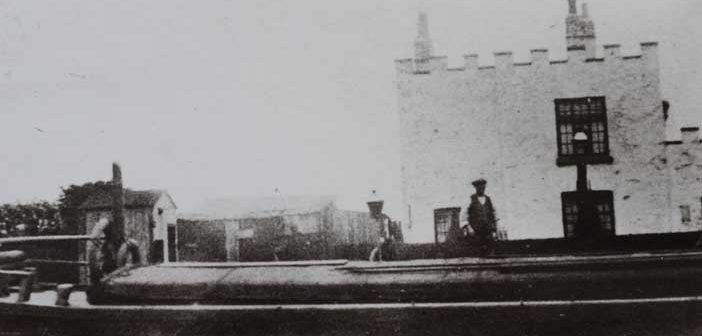WARRINGTON’S New Cut Canal – which has been described as the M62 of the 19th century – is about to celebrate its 200th birthday.
Opened on February 14, 1821, at a cost of £20,000, it is the last remaining significant stretch of the Mersey and Irwell Navigation – one of the first river improvement schemes in the UK.
The 2.7 kilometre long New Cut Canal links Woolston Lock and its downstream lock at Paddington.
The purpose of the Mersey and Irwell Navigation was to link the medieval head of navigation in the tidal Mersey at Bank Quay in Warrington to the rapidly industrialising Manchester.
However, the course of the river above Warrington had several tortuous meanders, slowing and frequently grounding barges, known as Mersey flats.
Manchester in the 19th century was to earn the nickname “Cottonopolis” with its world leading cotton industry but the “flats” also carried many other cargoes including, coal, foodstuffs, stone,slate and timber.
As trade developed the company embarked on progressive improvements to reduce journey times and to compete with its rival, the Bridgewater Canal,which ran from Runcorn into central Manchester.
The first major series of river meanders to be overcome was situated to the east of Warrington in the Paddington and Woolston areas. In 1740 the first attempt to improve the navigation was the Woolston Old Cut, of which little now remains.
This short canal, less than a kilometre in length, only avoided two loops of the river and it was the bold New Cut that completed the removal of all loops within Warrington`s boundaries.
At the time of building the new canal, its owners were enjoying excellent profits and paying large dividends to shareholders and by 1825 they had invested £100,000 in warehousing alone. The number of vessels using the navigation increased and these Mersey Flats, with their flat bottoms and rounded sides were ideally suited to the river, being stable and able to carry 80 tons of cargo.
Not only did these barges trade on the navigations in the area but some had coastal capability and would frequently be seen off the North Wales coast and some were recorded as far away as Cornwall carrying china clay.
The cutting of the canal also had an effect on local architecture and a wharf was built at Woolston at the end of Weir Lane where three workers cottages sat adjacent to the wharf, one of which was converted to a beer and cider house to cater for the bargees laid over for their next cargo. A red plaque on the towpath now marks the site of the wharf.
Lock keepers’ houses were built at Paddington and Woolston Lock with a weir masters house nearby. But sadly only the original Paddington Lock keeper’s house now remains.
Water from the New Cut was taken by an aqueduct across the Mersey at Paddington Lock to feed the Latchford and Runcorn Canal at Manor Lock, a later development by the Mersey and Irwell to further eradicate delays for shipping on the tidal Mersey below Warrington.
Accidents, including sinkings and drownings were not uncommon in the days of sail but one of the worst accidents happened on the defunct Woolston Cut, close to the 1755 built Powder Mill Lock. In 1855 a local man from nearby Martinscroft was killed and two others seriously injured in an explosion at the nearby Thelwall Gunpowder Mill, where production ceased immediately.
The building of the Manchester Ship Canal took much of the lie of the Mersey and Irwell Navigation and trade on the remaining parts progressively dwindled away until it was abandoned in the 1960s
The New Cut Canal has a fascinating history and architecture, some of which can still be seen today.
It is a tribute to Warrington Borough Council, the volunteers of the New Cut Trail group and all those involved that its towpath is still well used by local residents who have a safe walking and cycling route, especially in pandemic lockdowns
The best access points to see the canal are from Weir Lane, Larkfield Avenue and Paddington Bank with good, level tarmac surfacing throughout.






2 Comments
Pingback: Warrington’s “M62 of the 19th century” New Cut Canal to celebrate its 200th anniversary – Gary Skentelbery | Warrington Gazette
The New Cut at Paddington was at the bottom of my parents garden and nothing but fields at the back , I remember the cut being full of logs must have been in about 1945 ish